The Canadian government has posted a team of cybersecurity experts at its Taipei office, Canadian media reported yesterday, as Ottawa deepens cooperation with Taiwan to combat hacking and disinformation from China.
Recognizing China poses the biggest threat to both Canada and Taiwan in terms of cybersecurity, Ottawa wants to work with Taiwan to respond to that threat, the Globe and Mail reported.
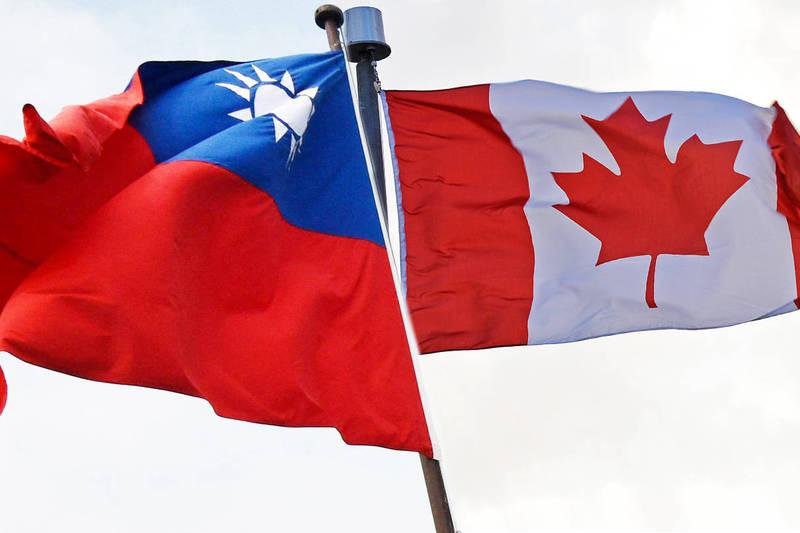
Photo: AFP
Canada’s Communications Security Establishment in a report last week identified China as “the most comprehensive cybersecurity threat facing Canada today."
As Canada does not have formal relations with Taiwan, it has been cautious about cooperating with Taipei regarding national security.
In January, Ottawa quietly sent officials to Taipei to study disinformation during Taiwan’s presidential election, much of which was conducted by China, the Globe and Mail reported.
Canada has also dispatched cybersecurity teams to Canberra, Seoul, Singapore and Tokyo as a part of its Indo-Pacific strategy, the Canadian Department of Global Affairs told the newspaper.
“Through the Indo-Pacific Strategy, Canada is committed to enhancing and diversifying its security partnerships and building its cyberdiplomacy, especially as concerns over foreign interference, state-sponsored disinformation, cybersecurity and cybercrime have become increasingly significant,” department spokesperson Charlotte MacLeod said.
Richard Fadden, a formal national security advisor to two of Canada’s prime ministers and previous head of the Canada Service Intelligence Service, led a group of former Canadian security and defense officials on a trip to Taiwan in September, marking the highest level of engagement between the two countries on national security to date, the paper said.
There is a growing consensus in Canada that if Beijing successfully annexes Taiwan, it would only embolden the Chinese government, so Ottawa plans to quietly deepen its cooperation with Taiwan, Fadden told the paper.
Canada is helping Taiwan improve its national security by providing military goods and technology, the Globe and Mail reported.
Last year, exports of military goods and technology to Taiwan rose to C$32.6 million (US$23.47 million), the highest on record, the paper said, citing department data.
Taiwan also plays an important role in Canada’s growing lithium-ion battery supply chain, it reported.
In November last year, the Canadian federal government and British Columbia provincial government supported E-One Moli Energy Corp, a Taiwanese company, to establish a lithium-ion manufacturing plant in Maple Ridge, aiming to make the area a center of the global supply chain for battery components, the report said.
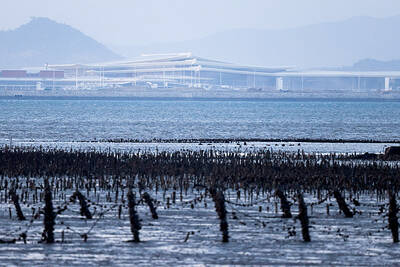
UNILATERAL MOVES: Officials have raised concerns that Beijing could try to exert economic control over Kinmen in a key development plan next year The Civil Aviation Administration (CAA) yesterday said that China has so far failed to provide any information about a new airport expected to open next year that is less than 10km from a Taiwanese airport, raising flight safety concerns. Xiamen Xiangan International Airport is only about 3km at its closest point from the islands in Kinmen County — the scene of on-off fighting during the Cold War — and construction work can be seen and heard clearly from the Taiwan side. In a written statement sent to Reuters, the CAA said that airports close to each other need detailed advanced
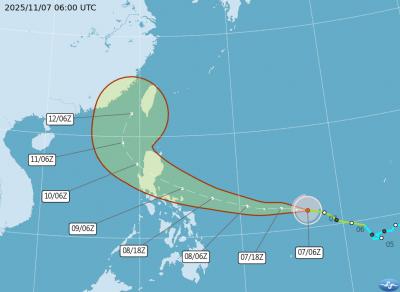
Tropical Storm Fung-Wong would likely strengthen into a typhoon later today as it continues moving westward across the Pacific before heading in Taiwan’s direction next week, the Central Weather Administration (CWA) said. As of 8am, Fung-Wong was about 2,190km east-southeast of Cape Oluanpi (鵝鑾鼻), Taiwan’s southernmost point, moving westward at 25kph and possibly accelerating to 31kph, CWA data showed. The tropical storm is currently over waters east of the Philippines and still far from Taiwan, CWA forecaster Tseng Chao-cheng (曾昭誠) said, adding that it could likely strengthen into a typhoon later in the day. It is forecast to reach the South China Sea
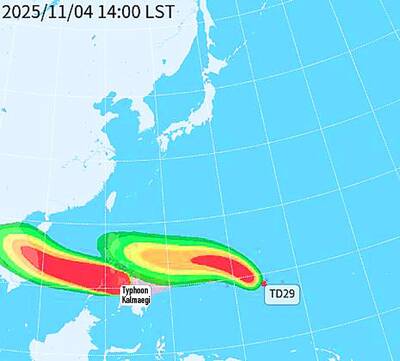
WEATHER Typhoon forming: CWA A tropical depression is expected to form into a typhoon as early as today, the Central Weather Administration (CWA) said yesterday, adding that the storm’s path remains uncertain. Before the weekend, it would move toward the Philippines, the agency said. Some time around Monday next week, it might reach a turning point, either veering north toward waters east of Taiwan or continuing westward across the Philippines, the CWA said. Meanwhile, the eye of Typhoon Kalmaegi was 1,310km south-southeast of Oluanpi (鵝鑾鼻), Taiwan’s southernmost point, as of 2am yesterday, it said. The storm is forecast to move through central
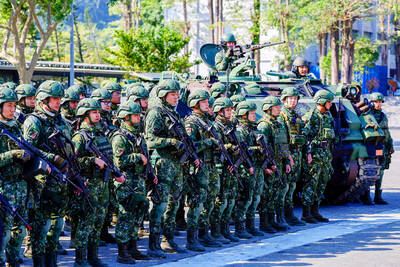
Almost a quarter of volunteer soldiers who signed up from 2021 to last year have sought early discharge, the Legislative Yuan’s Budget Center said in a report. The report said that 12,884 of 52,674 people who volunteered in the period had sought an early exit from the military, returning NT$895.96 million (US$28.86 million) to the government. In 2021, there was a 105.34 percent rise in the volunteer recruitment rate, but the number has steadily declined since then, missing recruitment targets, the Chinese-language United Daily News said, citing the report. In 2021, only 521 volunteers dropped out of the military, the report said, citing